Imported Malaria
Pediatric EM Morsels
NOVEMBER 3, 2023
Another change is the CDC approved the use of IV artesunate for malaria treatment in the US in May 2022. This allowed US hospitals to stock the drug to ensure quick treatment of suspected severe cases, rather than having to ship it from the CDC under the prior expanded-access protocol (Thomas 2023).





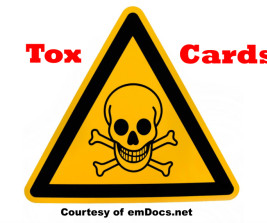
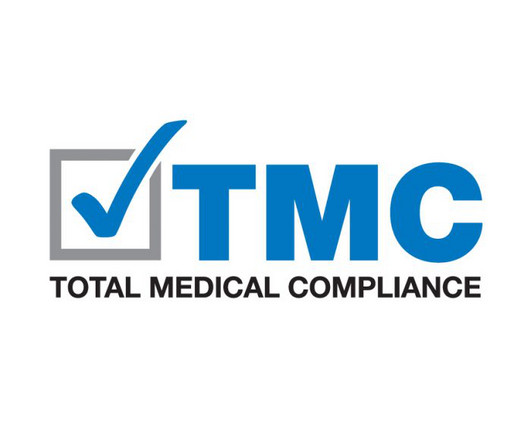






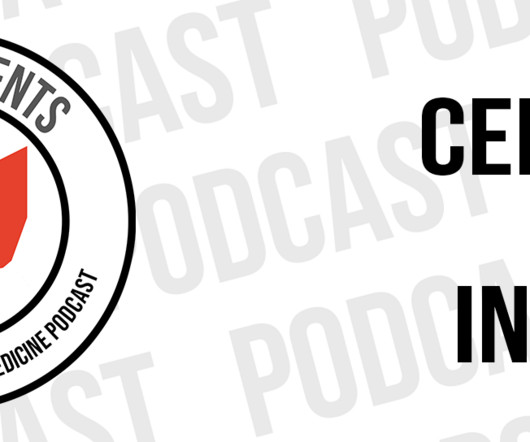


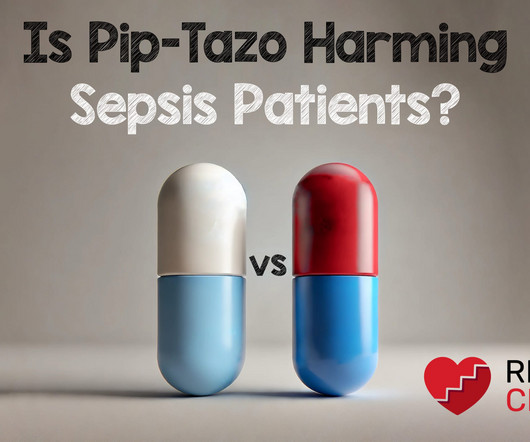


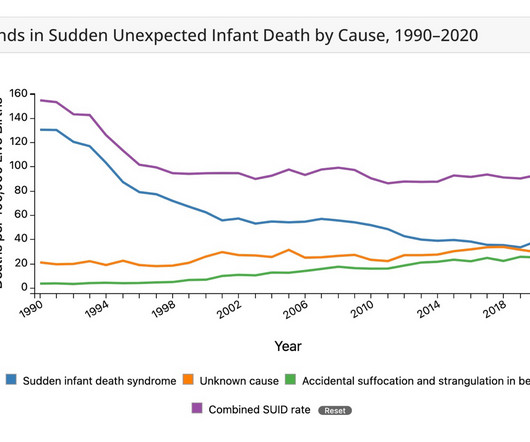












Let's personalize your content